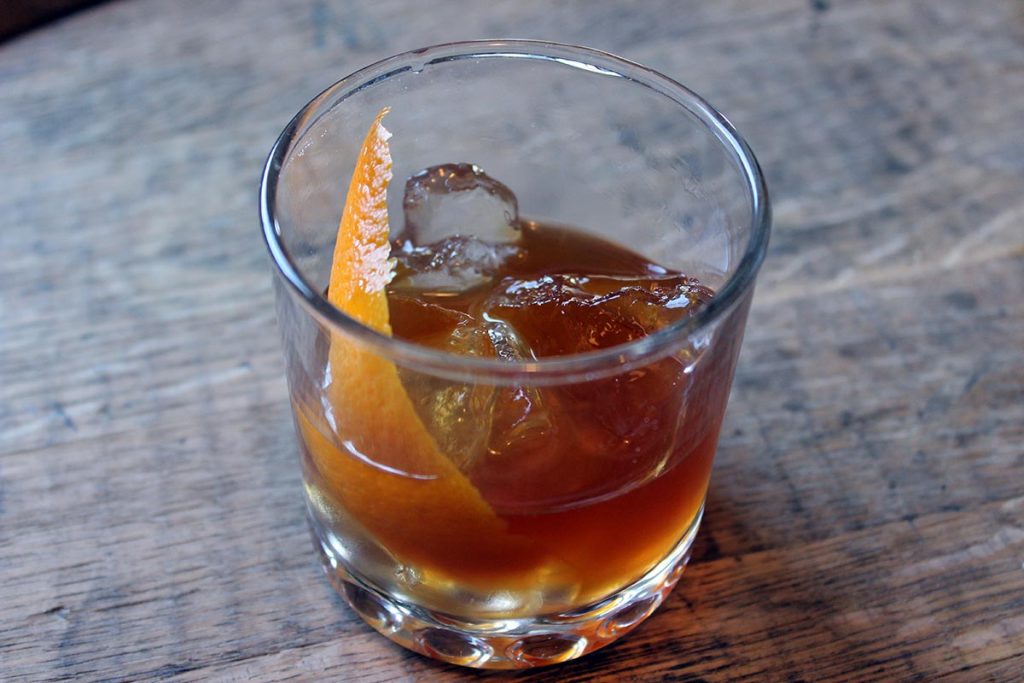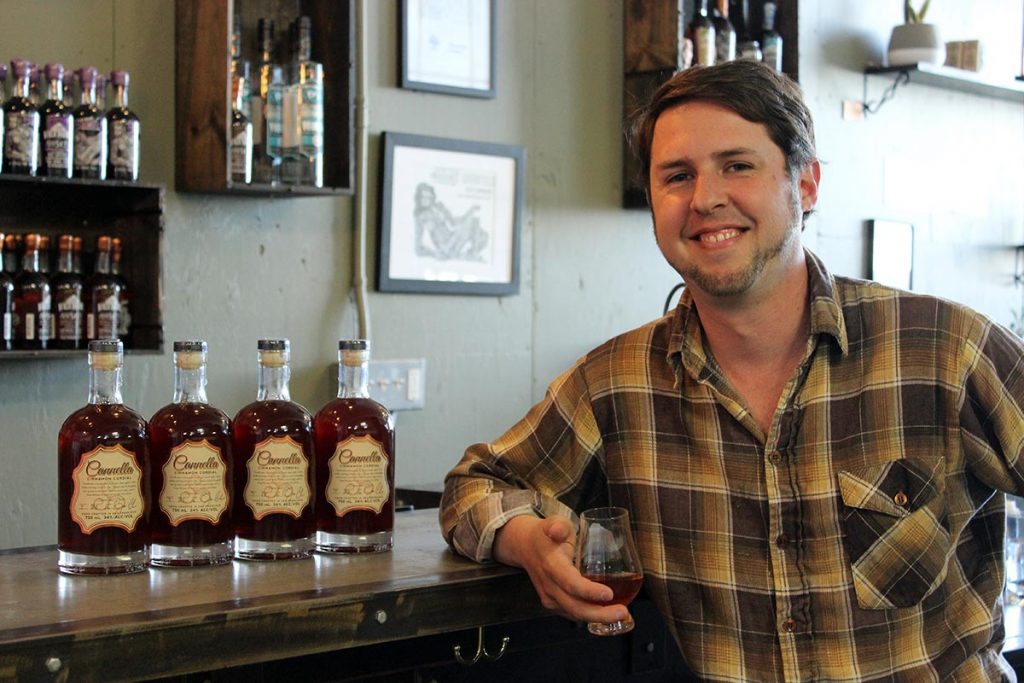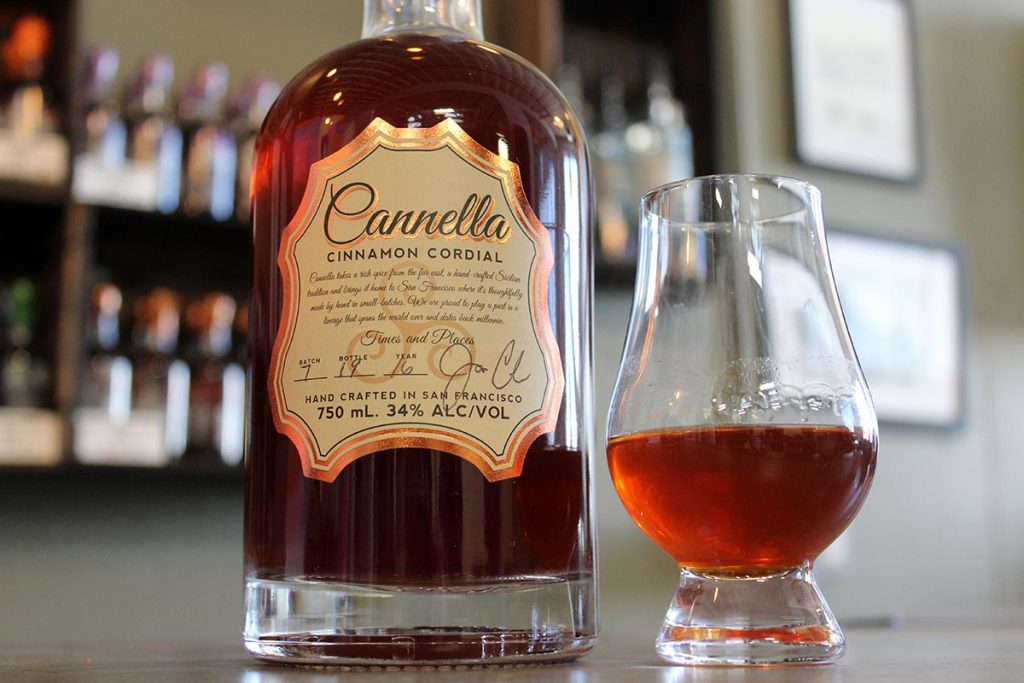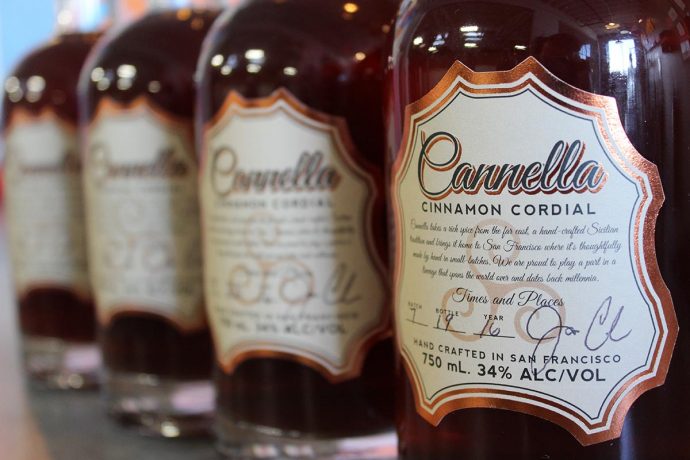The world of craft distilling is a strange one. Though often pilloried as eccentric, elitist, and eye-rollingly self-congratulatory—criticisms leveled at the craft beer and cocktail scenes as well—it’s been our experience that small-batch spirit producers are actually some of the most down-to-earth people in the booze industry.
Despite the disproportionate press given to over-the-top marketing ploys (Fog Point Vodka is the latest to make the rounds), the impetus for the vast majority of new craft products is much more personal: a simple connection to home, family, and tradition. That drive to build a sense of place and identity with what we create is perhaps the most distinctly human motivation there is.
Making the Old World New
As such, the last few decades have seen a resurgence not just of spirits that fetishize pre-Prohibition Americana, but also a whole host of classic international products that had previously been lost to time or geography. Old-world staples like Scandinavian aquavit, Dutch genever, and Italian amari are once again gracing shelves from which they’ve been absent for generations.
Alongside those now widely-known bottles, however, are dozens that are still working to make a name for themselves in the American market. Few places have been more receptive to such projects than the Bay Area, where obscurity tends to be more of an asset than a hindrance. Enter Cannella Cinnamon Cordial, a San Francisco-made craft liqueur that’s introducing the US to a classic flavor of southern Italy.

Cannella on the rocks with an orange twist.
Made with only a handful of ingredients—alcohol, water, cinnamon, spices, and sugar—it’s a unique product in a market that has only recently begun to entertain the idea of cinnamon as a serious component in cocktails. The very word conjures up thoughts of sickly-sweet college party drinks, and as a result, most epicurean-minded bars refuse to carry anything of the sort. But that hasn’t deterred founder Joe Cannella.
“It’s a blessing and a curse that when you say ‘cinnamon’ people think ‘Fireball,’” he said, sitting in the newly-minted taproom at the Seven Stills distillery where Cannella Spirits is headquartered. Vibrant, abstract murals painted by local artists adorn the walls of the warehouse, as a massive hybrid still churns away in the background.
“It’s been beneficial, actually, in the sense that people are thinking and talking about cinnamon spirits, and they have something to grab onto in the category. But at the same time, we’re up against the challenge of differentiating ourselves before people actually get a chance to sit down and taste it. Luckily, once they do, they can tell that we’re doing something unique.”
A Family Affair
Joe never set out to start a spirits brand. Like so many of his peers, his passion grew out of a seemingly innocuous encounter that, unbeknownst to him, would change the trajectory of his life and career in just a few short years.
“I was down in Catania, Sicily in 2010. It was my first time there,” he recounted. “We always knew that our name, Cannella, means cinnamon in Italian, but we’d never really explored that or thought anything of it. My uncle happened to be there at the same time. He’s a retired college football referee, and he got this free trip to Italy to work with the referees of an American football league over there. Our trips happened to overlap, and he had a game down in Catania, so I decided to come along.

Joe Cannella sits at the bar in Seven Stills’ new taproom.
“It’s really cool to go to the place your family’s name comes from, because you see it all over the place. There were Café Cannellas, a women’s clothing store called Cannella, street signs… it was just really fun. One day after one of my uncle’s games, we were grabbing a drink at the little hotel bar. We looked up and saw a bottle that said ‘Rosolio alla Cannella,’ which is essentially a cinnamon liqueur. So we tried this stuff, and it was delicious. It’s made from fresh, real ingredients, so it really stood out, and we were excited to be drinking something with our name on it.”
Joe and his uncle stocked up on as many bottles as they could before coming back to the States, and sipping a glass of Cannella after dinner quickly became a family tradition. On holidays, the Cannella clan would enjoy a glass neat as a digestivo, the way it was generally consumed back in Sicily.
Of course, their supply eventually dried up, and Joe found it nearly impossible to get his hands on more. “The first thing we did was jump online and try to have some shipped out here, but the only people who were selling it were based in the EU and didn’t ship to the US. There was nothing that existed like this in the States, and I got really frustrated. Just frustrated enough to start poking around and trying to figure out what’s in it,” he laughed.
“Sort of naïvely, I turned over the bottle looking for a list of ingredients—and, weirdly enough, it had one. It was very strange. But it literally only had four ingredients: alcohol, sugar, water, and cinnamon. I figured, how hard can it be to mess around and try to make some ourselves? So that’s how I started tinkering with recipes at home.”
For Joe, making his own cinnamon liqueur went beyond simply restocking the home bar. It was a project that spoke to where his family had come from and, in a way, his own identity—southern Italy was a part of his heritage, and this recipe would be his way of getting in touch with it.
Crafting a Recipe
Using Rosolio alla Cannella as a rough template, Joe began to spend a bit of his free time formulating a recipe that could take its place at family gatherings. Aside from his own palate, though, he had no experience when it came to making liqueurs, so he had to wing it.
“We knew we wanted it to be cinnamon, but most of the cinnamon spirits out there have kind of a one-dimensional flavor and we wanted to play around with that, see if we could provide something with a little more complexity. I started trying out some complementary spices, a little bit of a secret sauce,” he told us with a chuckle. “People will tell you our early recipes were very clove-y, because we had absolutely no idea how to work with cloves. So we had to dial that back, and we had a couple dozen iterations over a couple years just trying it out at home.”
Over those few years, when not ensconced in his day job at Google, Joe’s passion for craft spirits gradually came into its own. He pored over books on the biology, chemistry, and history of cinnamon, and perfected a recipe and technique that balanced its potentially overpowering character.

A glass of Cannella Cinnamon Cordial.
“I’ve become quite the cinnamon geek,” he laughed. “There are actually different varietals of cinnamon, but growing up in the US, cinnamon is cinnamon is cinnamon. The funny thing is, we’re next door neighbors with Mexico, which buys a totally different kind of cinnamon. We call it Mexican cinnamon, but it’s actually from Sri Lanka, and it’s known as ‘true cinnamon,’ or Ceylon cinnamon.
“Mexico is the world’s number one importer of that type, and it goes in lots of their desserts and drinks. The US is the number one importer of cassia cinnamon, which primarily comes from Indonesia. If you go to the store and buy a little jar of sticks or powder, and it just says ‘cinnamon,’ it’s most likely cassia.”
Joe uses both in his liqueur, as each imparts a fairly distinct flavor to the final product.
“You have the option of heating the cinnamon while it’s infusing, and the oils will actually extract a lot faster that way. I’ve chosen not to do that, because I prefer a slower aging process. I think it allows the flavors to meld in a much more complex fashion. The other option, which is what most mass-produced products are doing, is they’re just using an extract. That’s fine, but it can create a pretty singular flavor profile.
“So making Cannella is basically a two-step process, the first of which is macerating the other spices. I do that for a couple of weeks, and then the cinnamon goes in after that for a period of time. You can’t really have cinnamon extracting for much longer than a week, otherwise it’ll over-extract. You can ask the Seven Stills guys about my early batches. They were super tannic, and they coated your mouth like the most tannic wine you could imagine. It just made your mouth raw. So that’s kind of a delicate part of the process, and it’s why I like to make sure I can taste day by day and step in to adjust things if I need to.”
Business and Pleasure
Joe eventually left his day job, feeling like a bit of a “classic corporate burnout case,” to use his words, and knew he wanted the next step in his career to be something a bit more hands-on than digital ad sales.
“It was a total side-project for years, which was fun. But it wasn’t until about three years into it, when I was hanging out with my dad after Thanksgiving dinner drinking Cannella, that it occurred to me to do it for a living” he said.
“We had gotten so much good feedback—from a couple of discerning folks as well, not just your run-of-the-mill family support—and he turned to me and said, ‘You think we could turn this into a business?’ He’s always owned a small business, a very entrepreneurial guy, and in some sense it made me realize that it was always just a matter of time before I tried to do the same thing. I didn’t know exactly what it would be until that moment, and then it just hit me right over the head.”
Around that time, Joe came across Seven Stills’ California Courage Vodka, and found himself intrigued by their operation. He sent them an email, met founders Tim Obert and Clint Potter, and, eventually, started exploring the possibility of a business partnership. Today, he operates out of their distillery in the Bayview neighborhood of San Francisco.

The Italian 75 cocktail.
A large part of Cannella’s growth since then has been through word of mouth, particularly among the city’s lively craft cocktail scene. Popular bars like Haight Street’s The Alembic regularly display it in their original concoctions, and Joe has commissioned several Cannella recipes that he suggests people try at home.
“I’ve been pleasantly surprised that our cinnamon cordial has a lot of versatility when it comes to cocktails, since it was originally meant as a simple after-dinner spirit to be drunk on its own. Since we’re based in San Francisco, we had to get it into the hands of some bartenders and see what they could do with it.”
The Italian 75, for example, is a cinnamon-clad take on the French 75, using Cannella in place of gin, fresh-squeezed orange juice in place of lemon, and Prosecco in place of Champagne. It’s a subtly-spiced drink that goes great with brunch.
On the more spiritous side, there’s the Cinn City, a riff on the classic Manhattan that swaps out the vermouth for Cannella. This one packs a bit of a punch, but also shows just how well the cordial blends with whiskey.
“We’ve just been really impressed by the talent around town. Go figure,” Joe chuckled. “I wasn’t sure that I had a business until we got some really solid feedback from some of the bartenders around here.”
What’s Next
Going forward, Cannella has plans to expand into other classic Italian spirits and liqueurs, beginning with the launch of Amaro Cannella later this summer (for the die-hard fans, there’s currently a limited supply available at the distillery).
“There are a little over 20 different herbs and spices and flavors, all sort of fighting for attention. That’s the challenge with an amaro, you have to create a balance of all these different amazing, sometimes potent spices. But then we’re also putting our own twist on it.”
A few other products are currently floating around the Cannella lab, all modeled after southern Italian recipes and styles that have recently enjoyed popularity in the craft cocktail scene. That regional focus is important to Joe, as it has offered him an opportunity to connect to his heritage in a more tangible way than he ever could in the past.
And while he’s not complaining, he still finds it a bit surprising that nobody beat him to the punch. “I guess since we’re the cinnamon family, it was on us to do it first,” he laughed. “But it’s been good, and we’ve definitely found our niche. We’ve heard many times that places that refuse to carry any sort of cinnamon spirits are embracing us, and those are the places I want to go first. If we have the chance to have them taste it and open up to the idea, they’re going to be some of our biggest fans.”
If Cannella’s success so far is any indication, they’ll be the first of many.
Photos: Will Shenton, Bevvy




Are you someone who struggles to get a good night’s sleep due
to discomfort or pain in your neck and shoulders? If so,
it may be time to consider investing in a quality pillow
like the derila neck pillow Memory Foam Pillow.